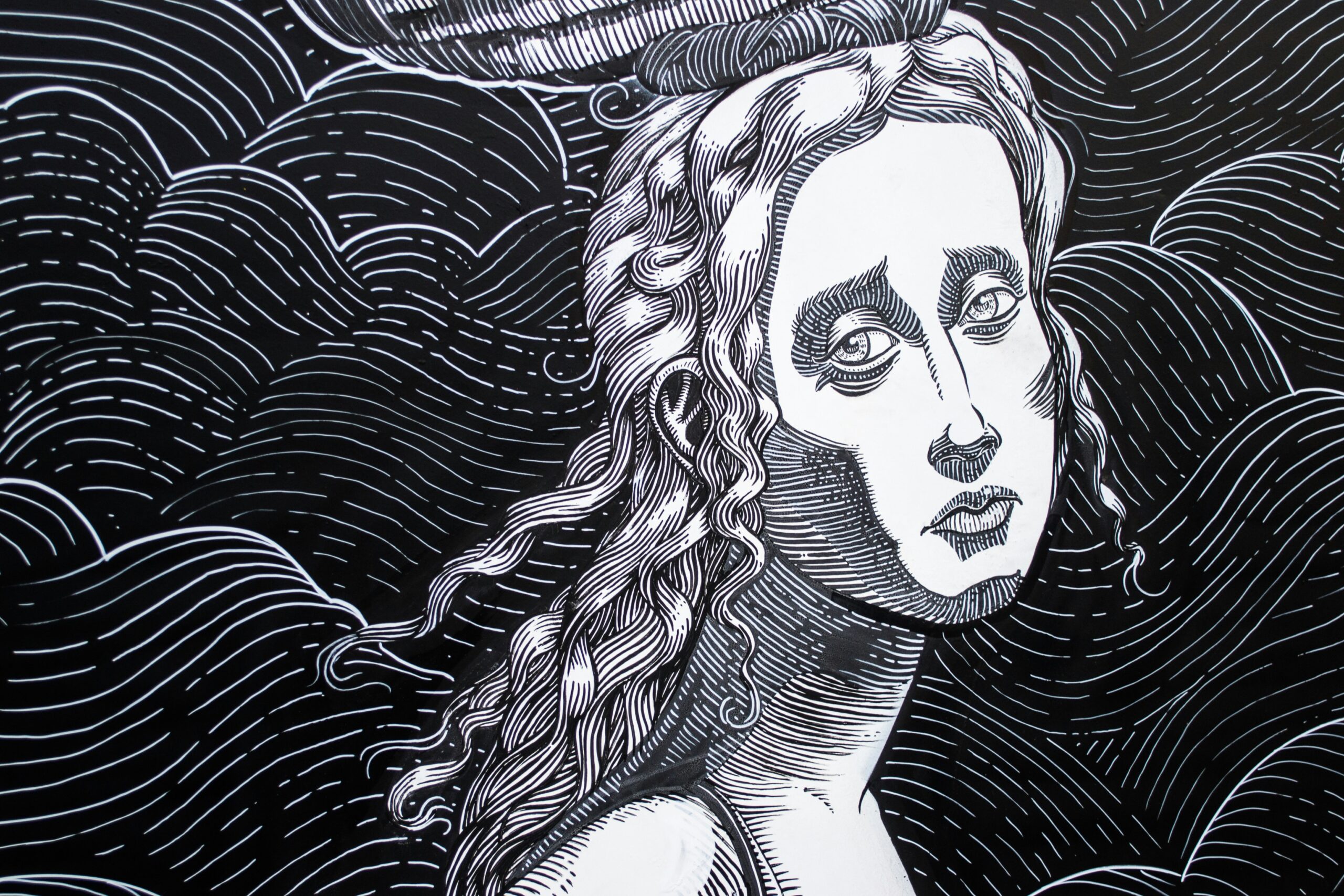
Color profoundly affects human emotions and perceptions. Artists have long understood this, using color to evoke specific feelings and moods in their work. By exploring the psychology of color, we can gain insight into how different hues influence our emotions. This article delves into how artists strategically use color to create emotional responses in their audiences.
Understanding the Basics of Color Psychology
Color psychology studies how colors affect human behavior and emotions. Each color can evoke a unique set of feelings and reactions. For example, red often represents passion and intensity, while blue tends to convey calmness and serenity. By understanding these associations, artists can choose colors that enhance their intended emotional impact.
Warm Colors
Warm colors, such as red, orange, and yellow, tend to evoke strong emotions. Red can signify love, anger, or danger. Orange often feels energetic and enthusiastic, while yellow can represent happiness and warmth. These colors can create a sense of excitement and urgency in artwork.
Cool Colors
Cool colors, including blue, green, and purple, usually evoke calmer and more soothing emotions. Blue often symbolizes tranquility and trust. Green can signify growth and harmony, while purple often represents luxury and creativity. These colors are used to create a sense of peace and stability.
The Use of Color in Historical Art Movements
Different art movements have utilized color in unique ways to evoke emotions. By examining these historical examples, we can see how color has been used effectively across various styles and periods.
Impressionism
Impressionist artists like Claude Monet and Pierre-Auguste Renoir used light and vibrant colors to capture moments in time. Their use of color was often intended to evoke feelings of joy and wonder. By focusing on natural light and its effects, they could create lively, emotion-filled scenes.
Expressionism
Expressionist artists such as Edvard Munch and Wassily Kandinsky used bold and often unnatural colors to convey intense emotional experiences. Munch’s use of deep blues and reds in “The Scream” creates a sense of anxiety and despair. Kandinsky believed colors could evoke spiritual experiences, using them to create abstract compositions that stirred profound emotions.
Modern Techniques in Color Usage
Contemporary artists continue to explore and experiment with color to evoke emotions. With advancements in technology, they have access to a broader range of tools and materials, allowing for greater experimentation and innovation.
Digital Art
Digital artists use color in dynamic and interactive ways, taking advantage of technology to manipulate and combine colors in new forms. This allows them to create immersive experiences that can evoke a wide range of emotions. The flexibility of digital mediums enables artists to push the boundaries of traditional color theory.

Installation Art
Installation artists often use color to transform spaces and evoke specific emotional responses from viewers. By immersing the audience in a controlled environment, they can manipulate color to enhance the emotional impact. This can create powerful and memorable experiences.
The Role of Cultural and Personal Associations
Cultural and personal associations play a significant role in how color is perceived and the emotions it evokes. Artists must consider these factors when choosing colors for their work.
Cultural Differences
Different cultures have varying associations with colors. For example, in Western cultures, white often represents purity and peace, while in some Eastern cultures, it can signify mourning. Understanding these cultural differences allows artists to use color more effectively when creating work for diverse audiences.
Personal Associations
Individual experiences and memories also influence how people respond to color. An artist may use certain colors based on their own emotional connections or to evoke specific memories in viewers. These personal associations can add depth and resonance to their work.
Conclusion
Color is a powerful tool for artists, capable of evoking a wide range of emotions and responses. By understanding the psychology of color and its impact on human emotions, artists can create more impactful and expressive works. Whether through historical art movements or modern techniques, the strategic use of color continues to be a vital aspect of artistic expression.
By considering cultural and personal associations, artists can enhance the emotional resonance of their work, creating experiences that are both visually and emotionally engaging. The study of color psychology not only enriches our understanding of art but also deepens our appreciation for the emotional power of color in visual storytelling.



